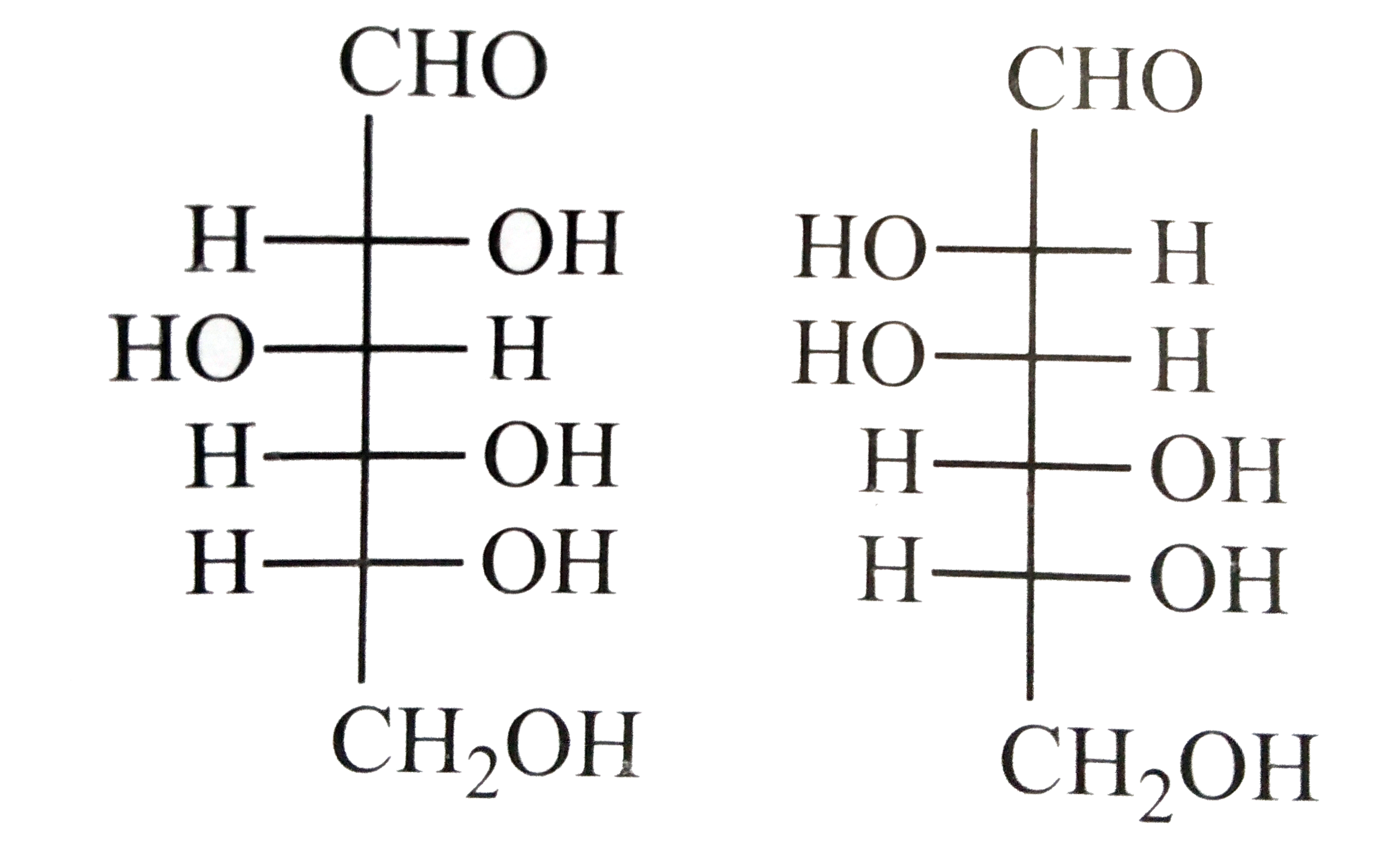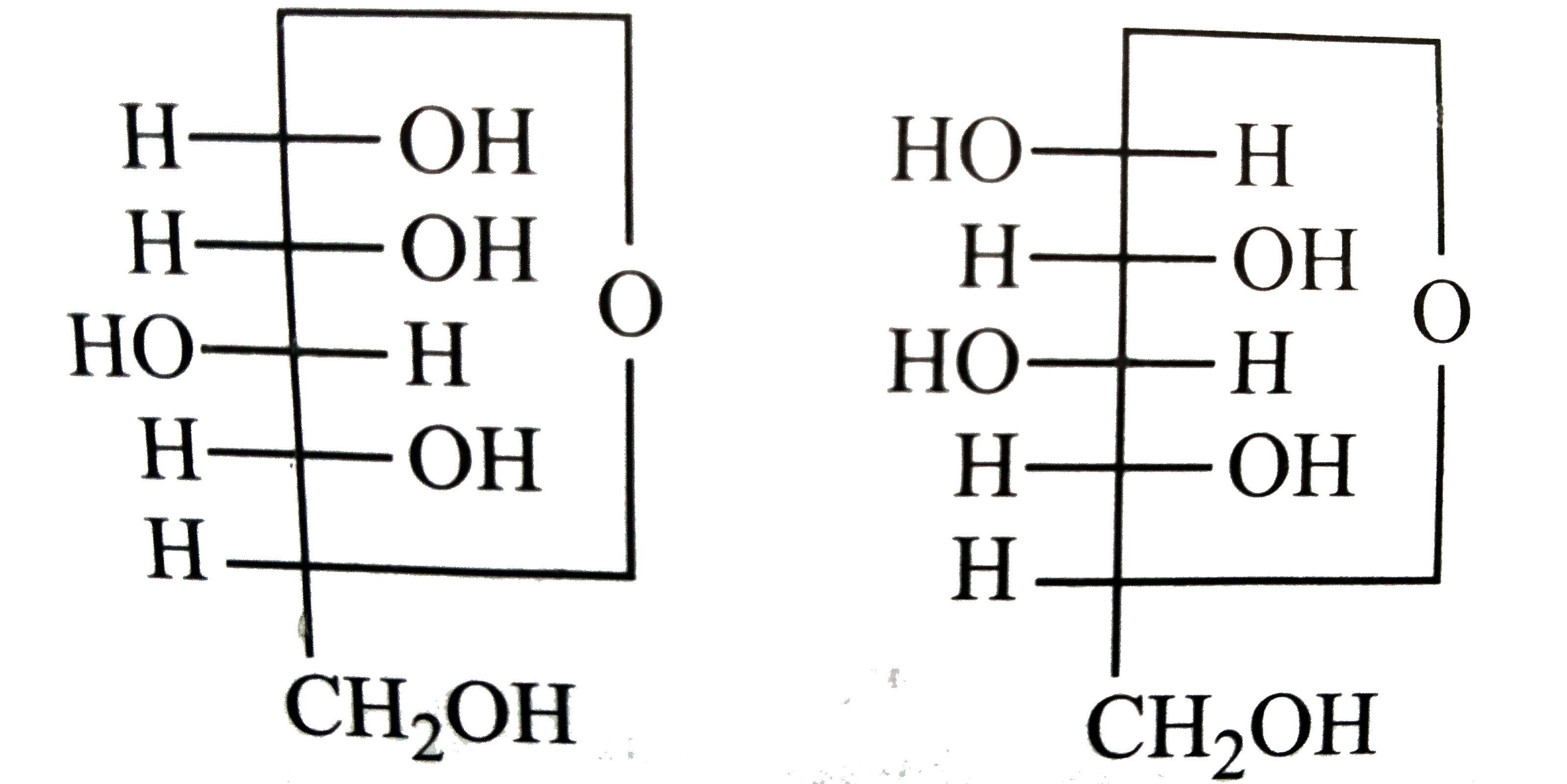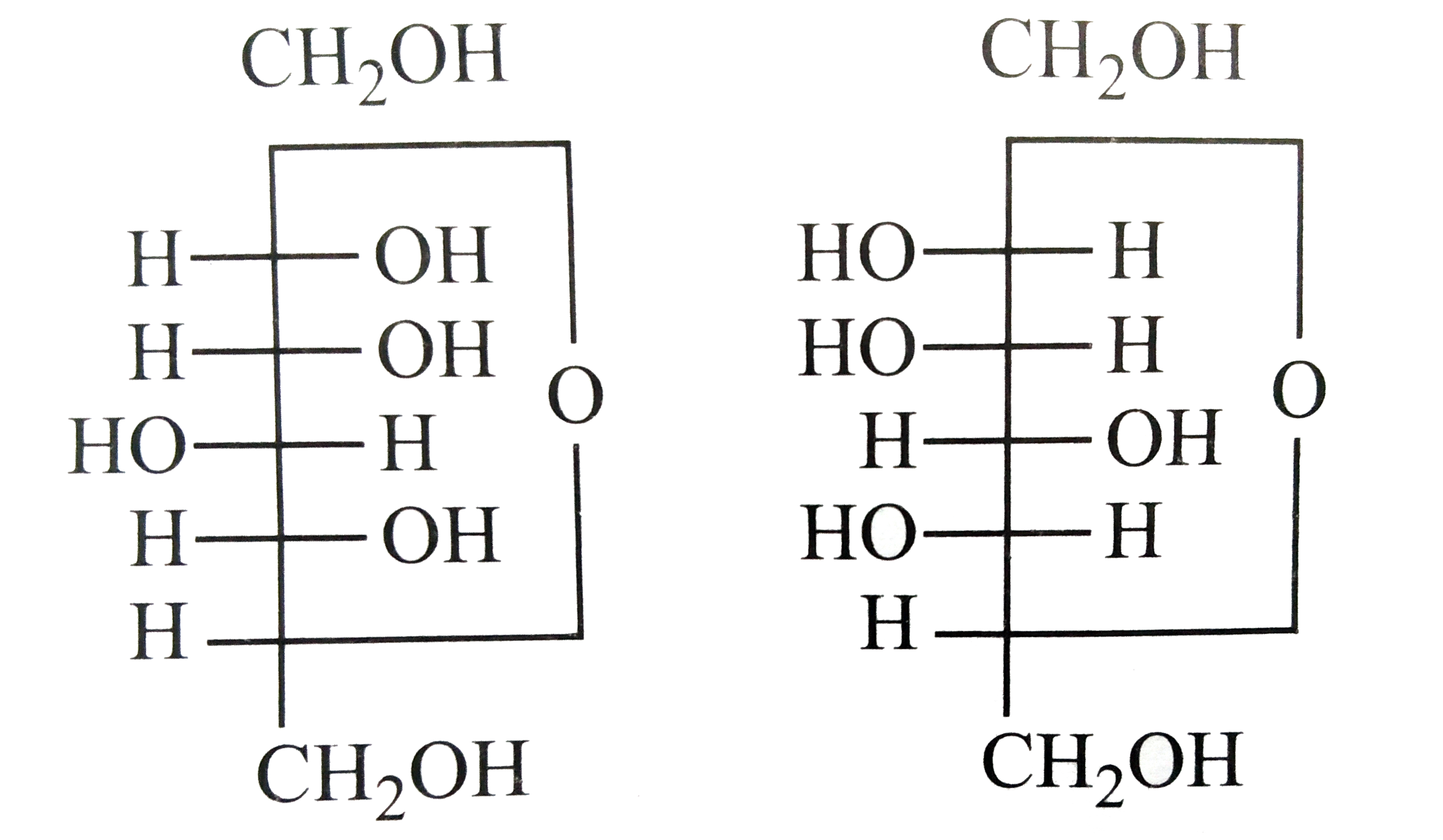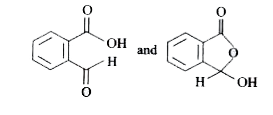Which of the following pair of electric and magnetic fields represents the source of light?
→B=B0sin(ωt−kx)ˆj and →E=E0sin(ωt−kz)ˆk
→B=B0ˆi+B0ˆj and →E=E0ˆi−E0ˆj
→B=B0sin(ωt−kx)ˆj+B0sin(ωt−kx)ˆk and →E=E0sin(ωt−kx)ˆj−E0sin(ωt−kx)ˆk
none of the above
The correct Answer is:C
To determine which pair of electric and magnetic fields represents a source of light, we need to analyze the relationships between the electric field (E), magnetic field (B), and the direction of wave propagation (k). The key requirement is that these three vectors must be mutually perpendicular.
1. Understanding the Requirements:
- For a pair of electric and magnetic fields to represent a source of light, the electric field (E), magnetic field (B), and the direction of wave propagation (k) must be mutually perpendicular.
2. Analyzing Each Option:
- Option 1:
- Given: B=B0sin(ωt−kx)^j
- Electric Field: E=E0sin(ωt−kz)^k
- Here, the wave is propagating in the x-direction, while the electric field is in the z-direction and the magnetic field is in the y-direction.
- However, since the electric field and wave propagation direction (z) are not perpendicular, this option is incorrect.
- Option 2:
- Given: V=V0^i+V0^j and E=E0^i−E0^j
- Here, we can see that the electric field and magnetic field are perpendicular, but there is no information about the direction of wave propagation. Additionally, these fields are not time-varying, which is a requirement for light. Thus, this option is also incorrect.
- Option 3:
- Given: B=B0sin(ωt−kx)^j+B0sin(ωt−kx)^k
- Electric Field: E=E0sin(ωt−kx)^j−E0sin(ωt−kx)^k
- The magnetic field can be expressed as a unit vector in the direction of ^j+^k and the electric field as a unit vector in the direction of ^j−^k.
- The wave is propagating in the x-direction, which is perpendicular to the plane formed by the electric and magnetic fields. Thus, all three vectors are mutually perpendicular.
3. Conclusion:
- Therefore, the correct option that represents a source of light is Option 3.
- For a pair of electric and magnetic fields to represent a source of light, the electric field (E), magnetic field (B), and the direction of wave propagation (k) must be mutually perpendicular.
- Option 1:
- Given: B=B0sin(ωt−kx)^j
- Electric Field: E=E0sin(ωt−kz)^k
- Here, the wave is propagating in the x-direction, while the electric field is in the z-direction and the magnetic field is in the y-direction.
- However, since the electric field and wave propagation direction (z) are not perpendicular, this option is incorrect.
- Given: V=V0^i+V0^j and E=E0^i−E0^j
- Here, we can see that the electric field and magnetic field are perpendicular, but there is no information about the direction of wave propagation. Additionally, these fields are not time-varying, which is a requirement for light. Thus, this option is also incorrect.
- Given: B=B0sin(ωt−kx)^j+B0sin(ωt−kx)^k
- Electric Field: E=E0sin(ωt−kx)^j−E0sin(ωt−kx)^k
- The magnetic field can be expressed as a unit vector in the direction of ^j+^k and the electric field as a unit vector in the direction of ^j−^k.
- The wave is propagating in the x-direction, which is perpendicular to the plane formed by the electric and magnetic fields. Thus, all three vectors are mutually perpendicular.
- Therefore, the correct option that represents a source of light is Option 3.
Similar Questions
Knowledge Check
Which of the following pairs represents anomers ?
A B
B C
C D
D
Which of the following is not correct about the magnetic field lines?
AThe magnetic field lines of a magnet form continuous closed loopsBThe tangent to the field line at a given point represents the direction of the net magnetic field B at that point.CThe larger the number of field lines crossing per unit area, the stronger is the magnitude of the magnetic field B.DThe magnetic field lines may intersect to each other in certain conditions.Which of the following pairs of structures does not represent isomers?
A B
B C
C D
D
Which of the following pairs of structures do not represent isomers?
View SolutionWhich of the following pairs represents linkage isomers?
View SolutionWhich of the following pairs of plants represents conifers ?
View SolutionWhich of the following pairs represents isobars?
View SolutionWhich of the following pairs of structures does not represent isomers?
View Solution
